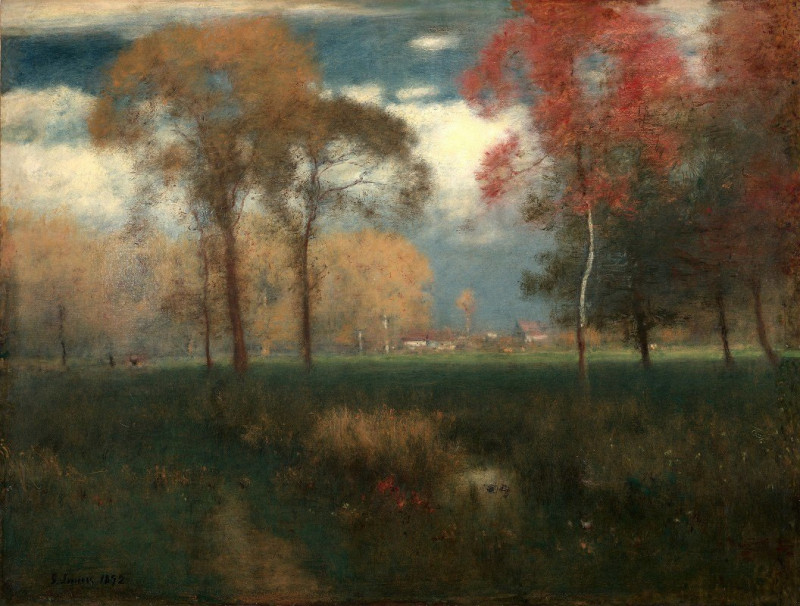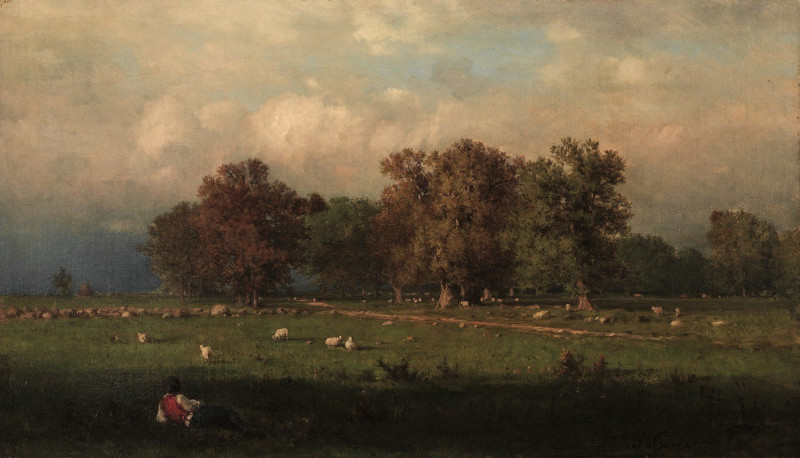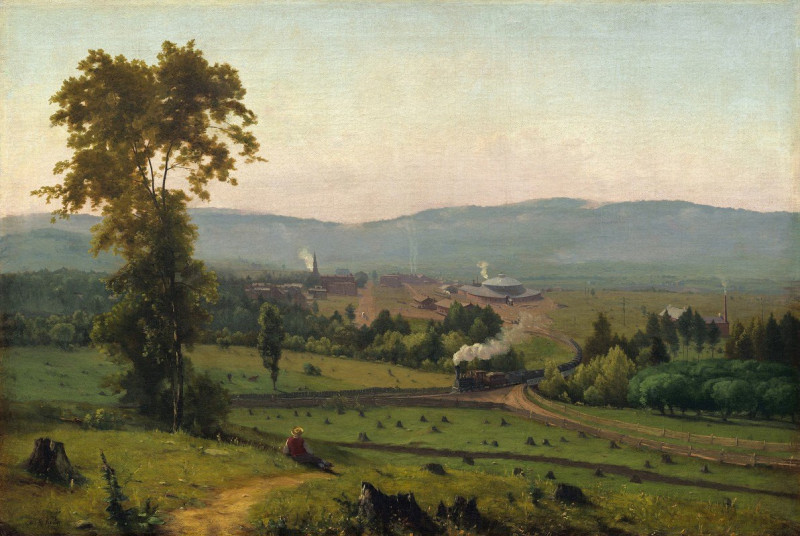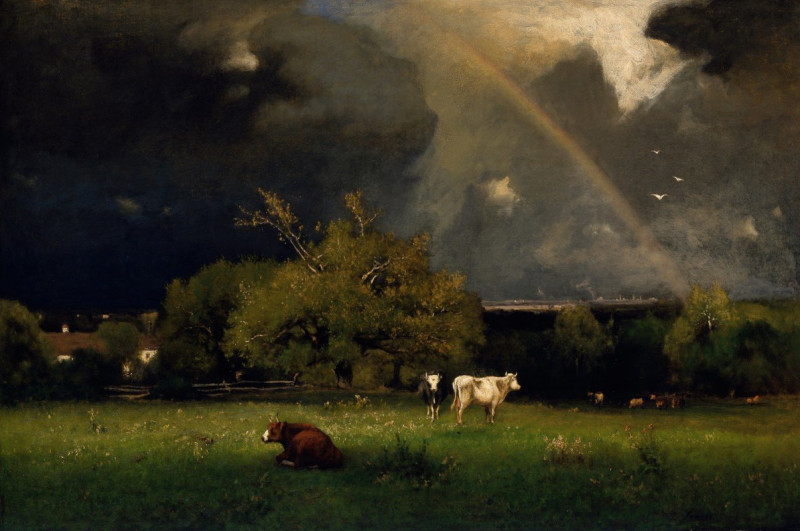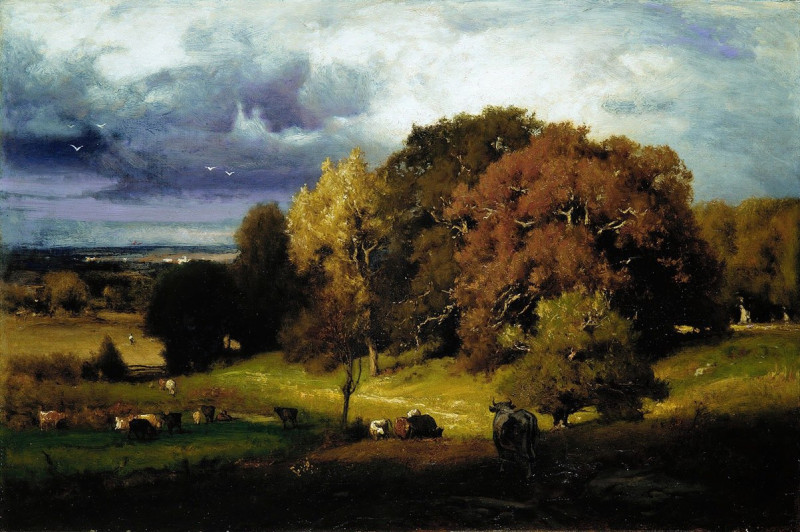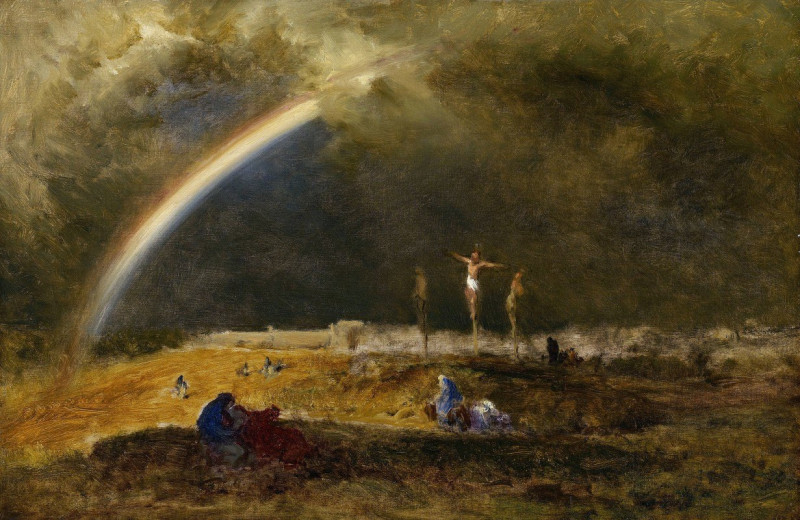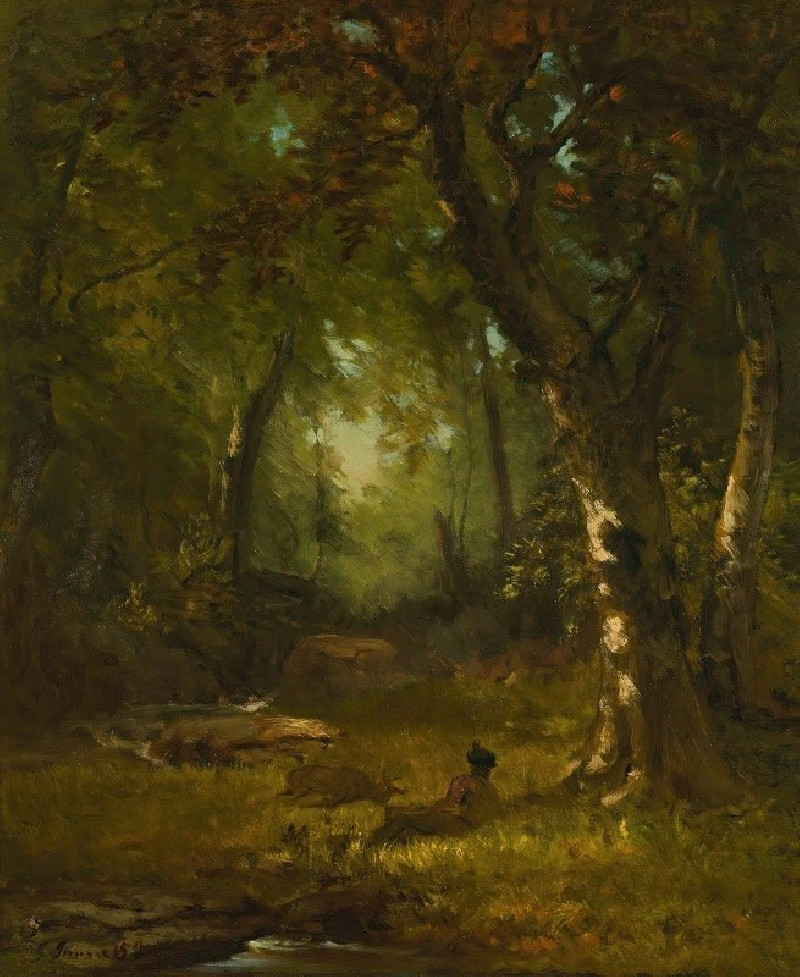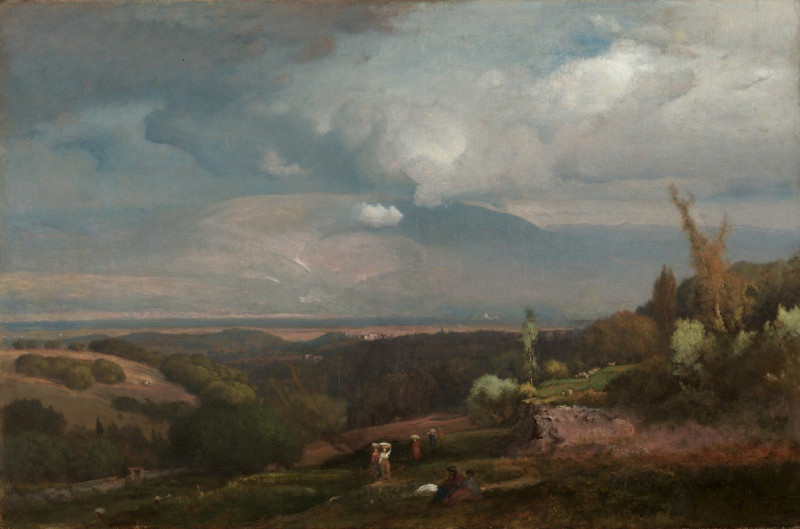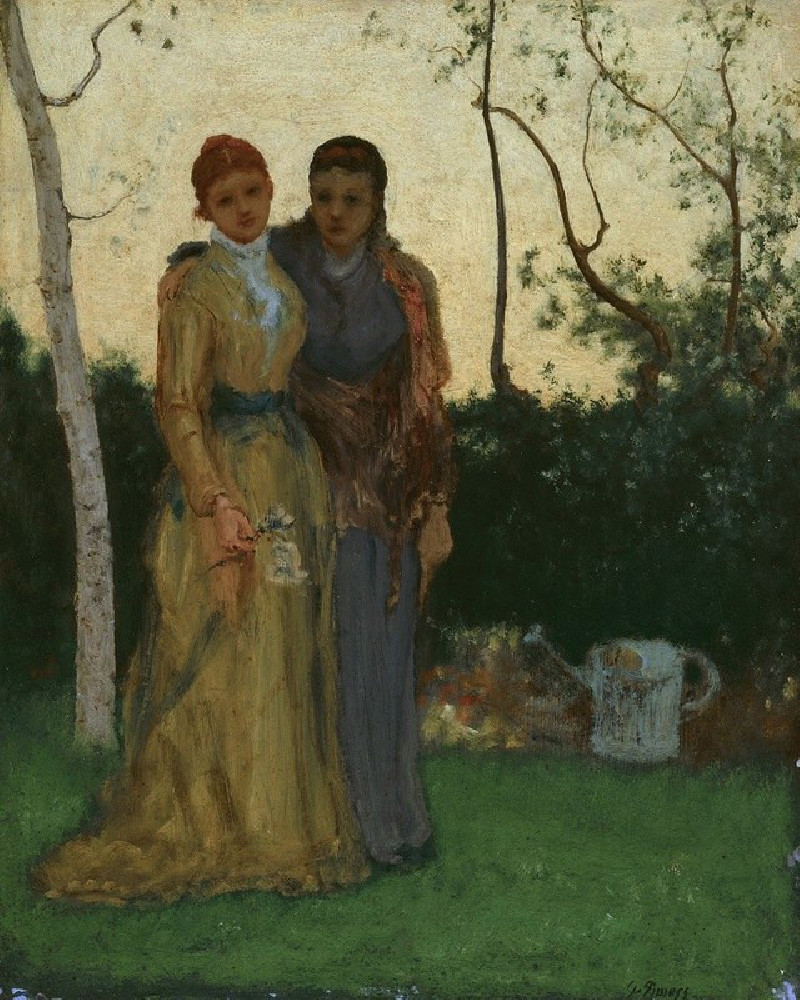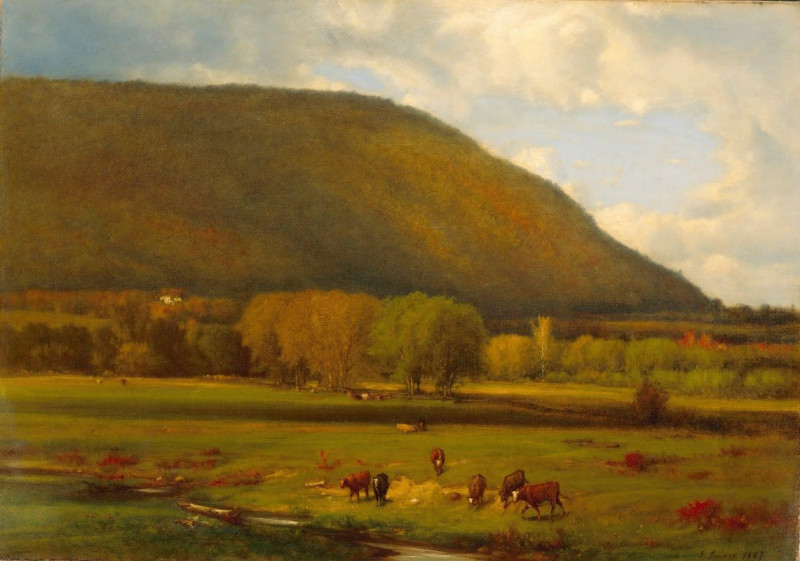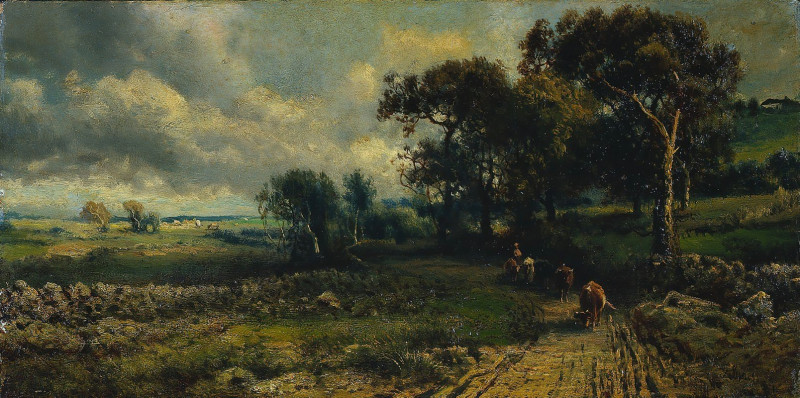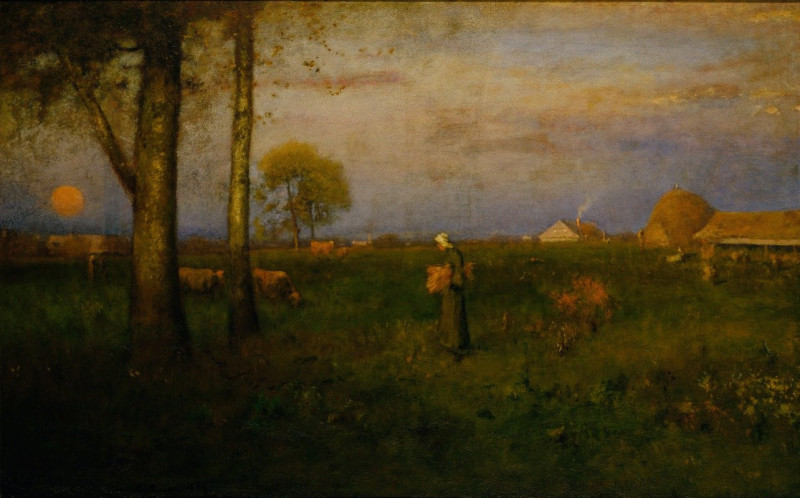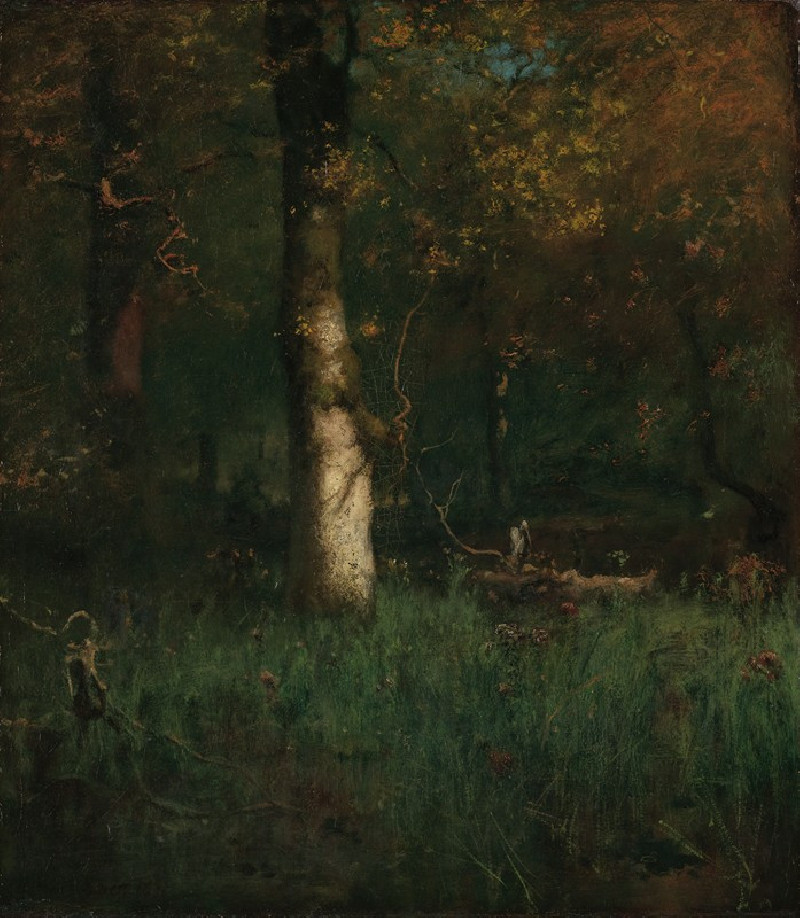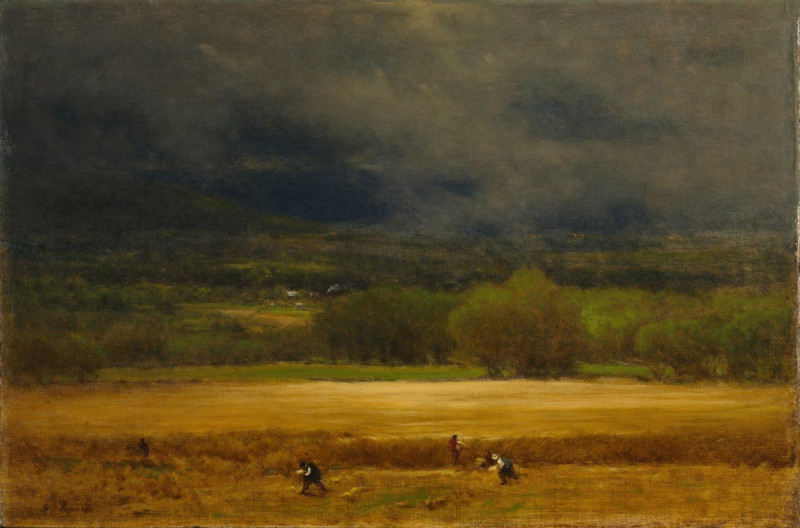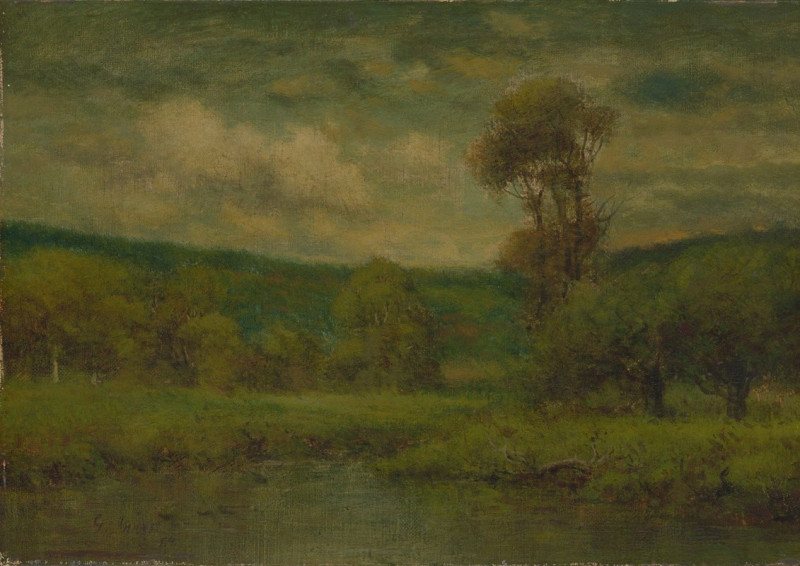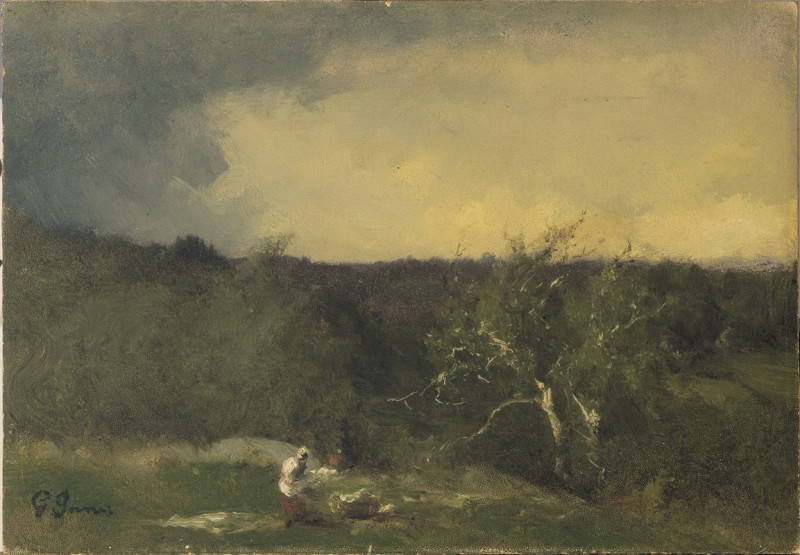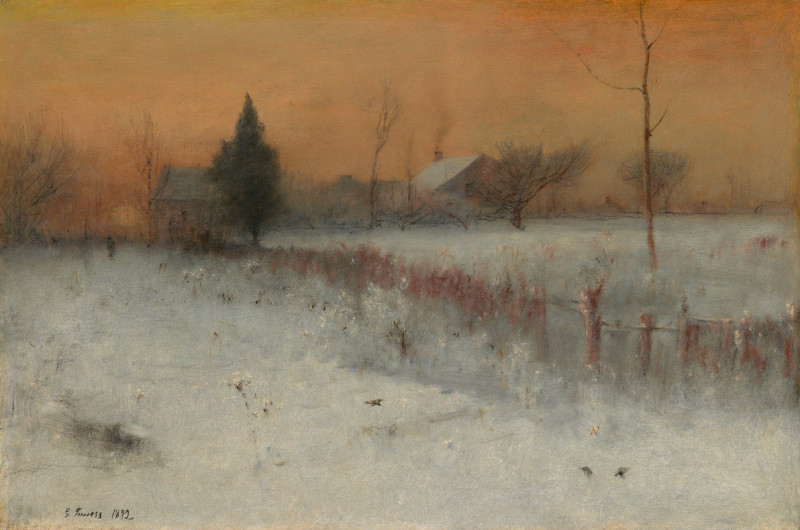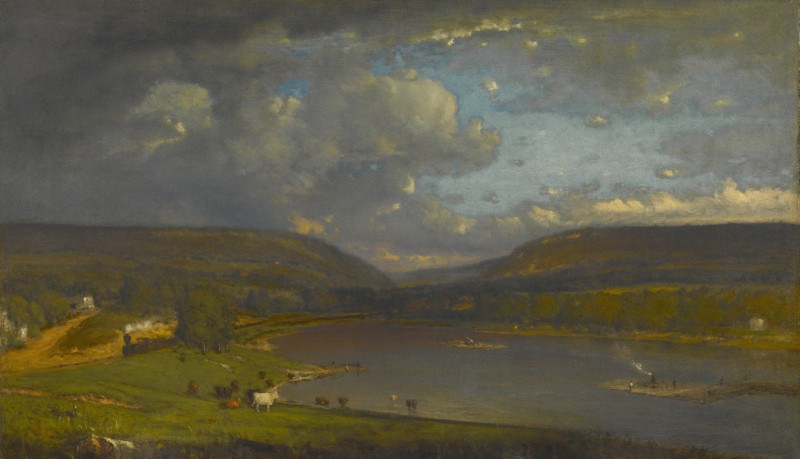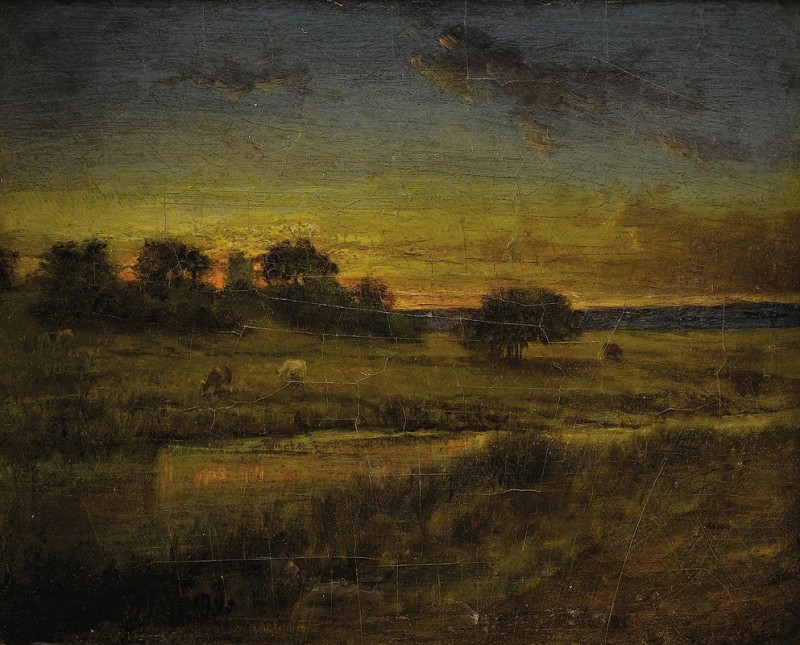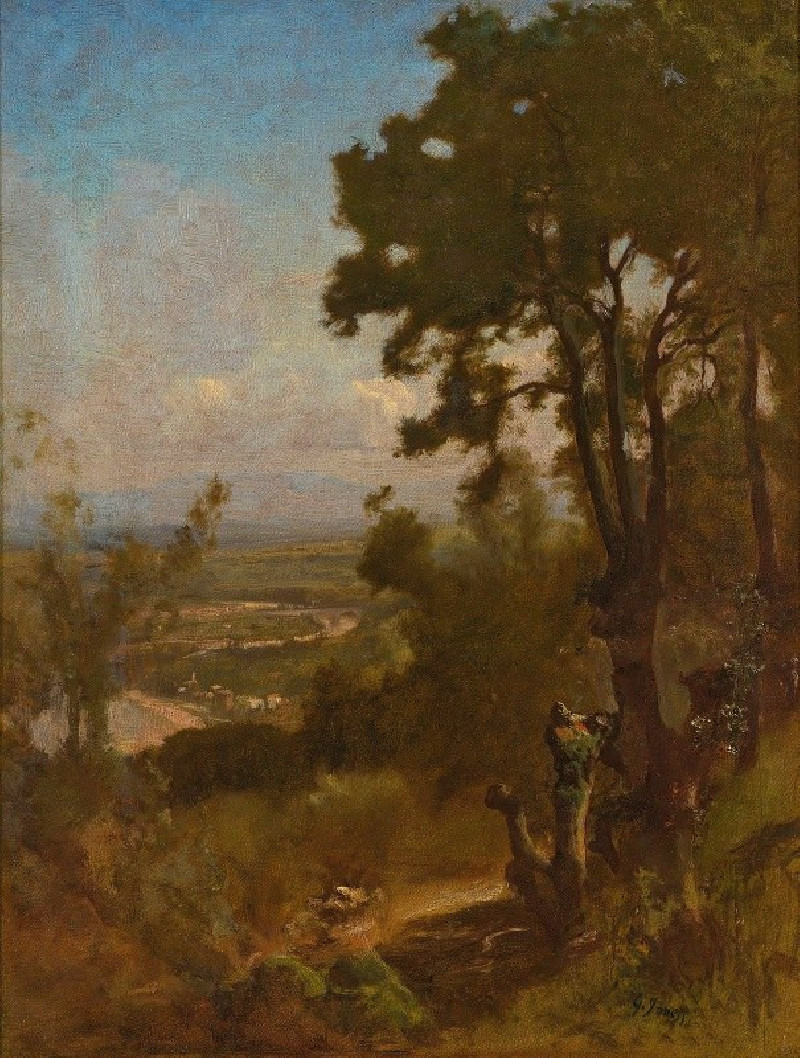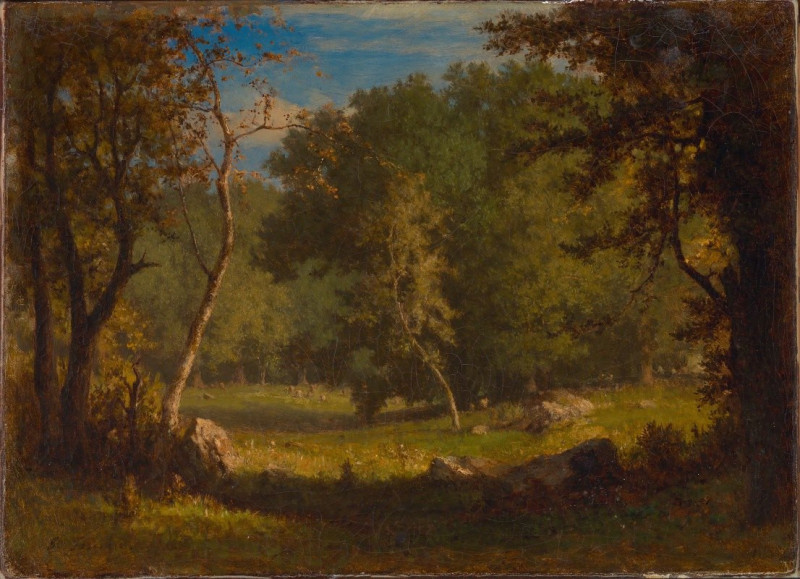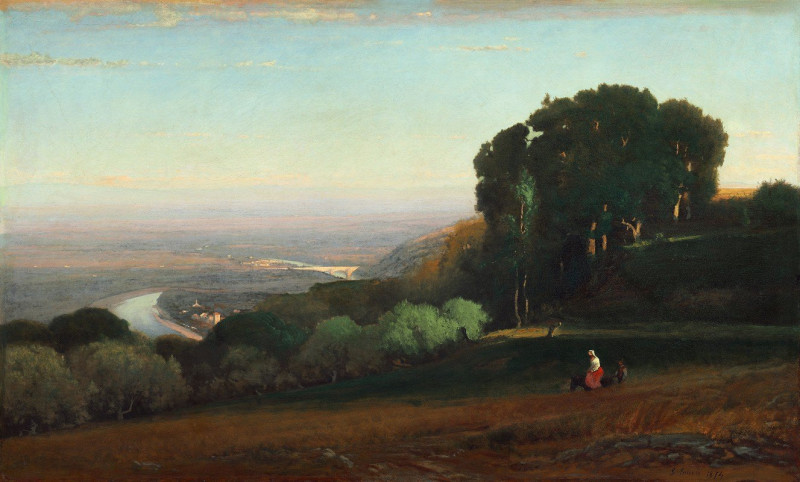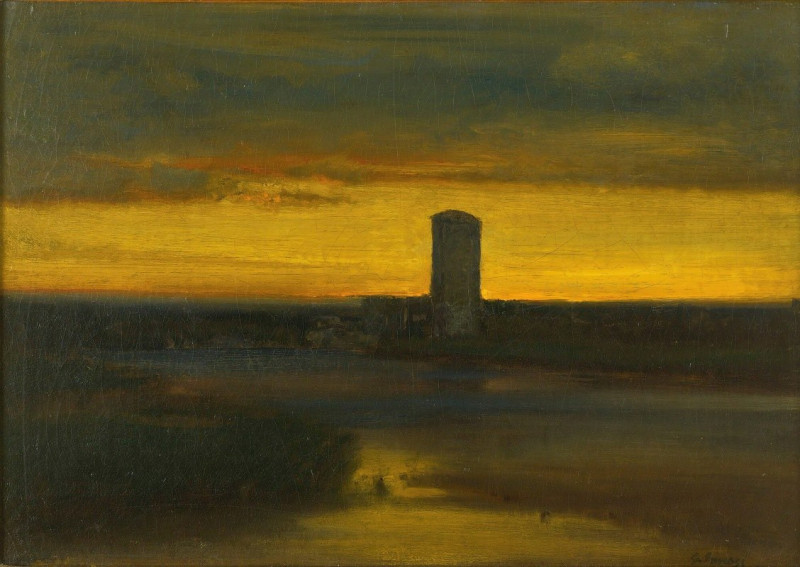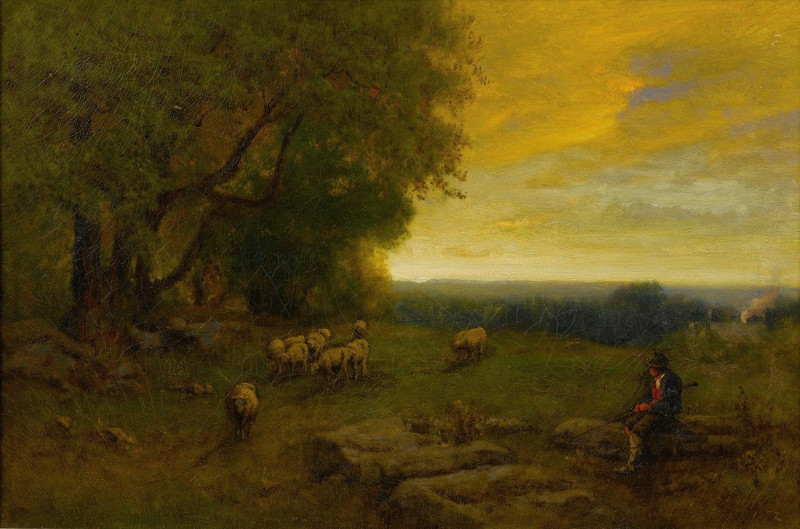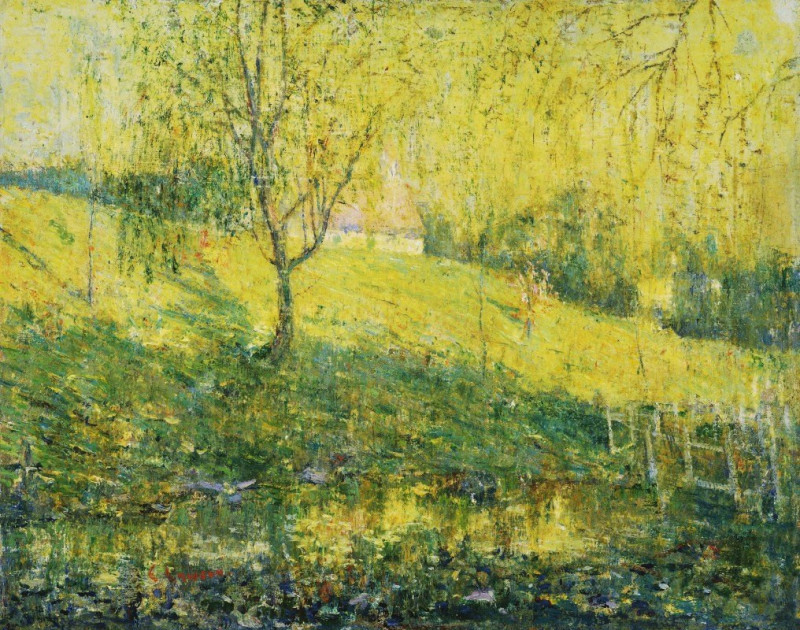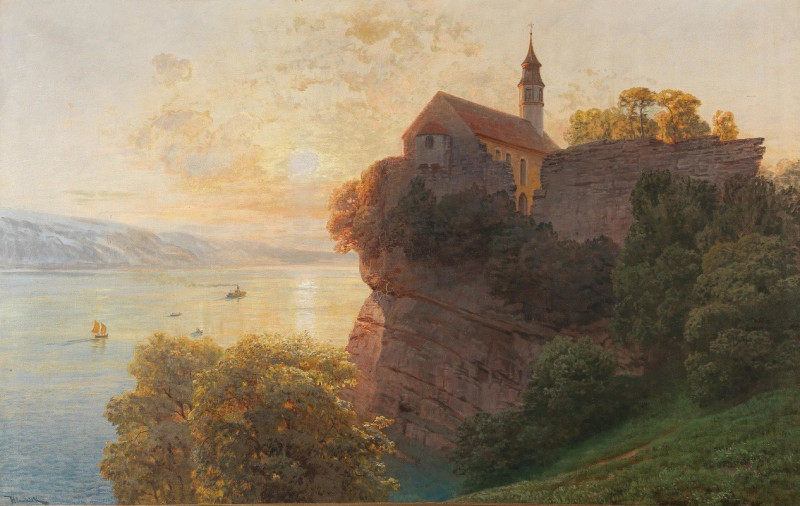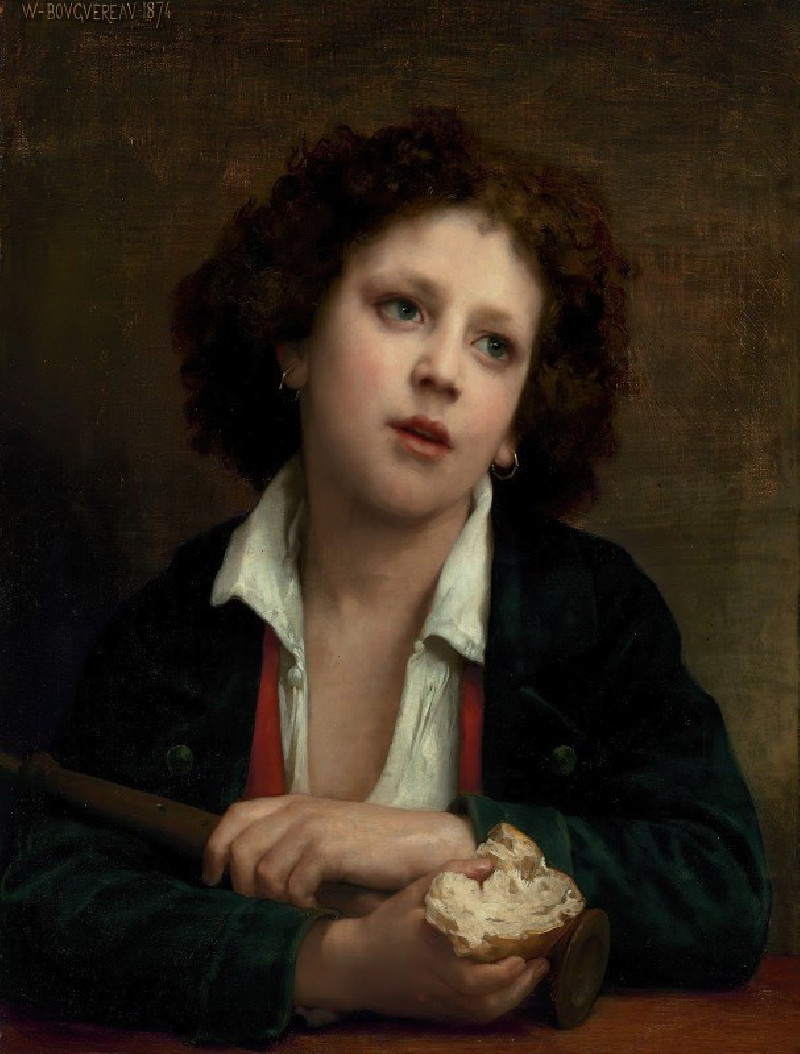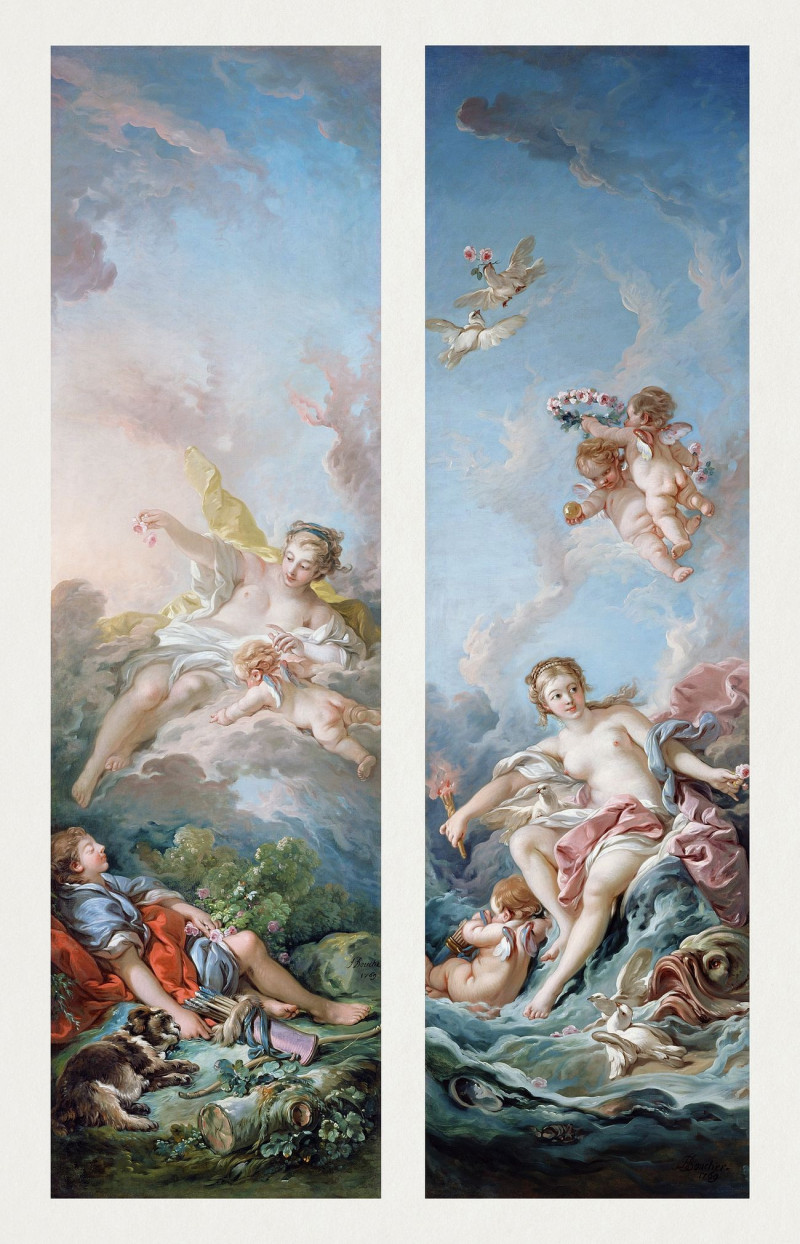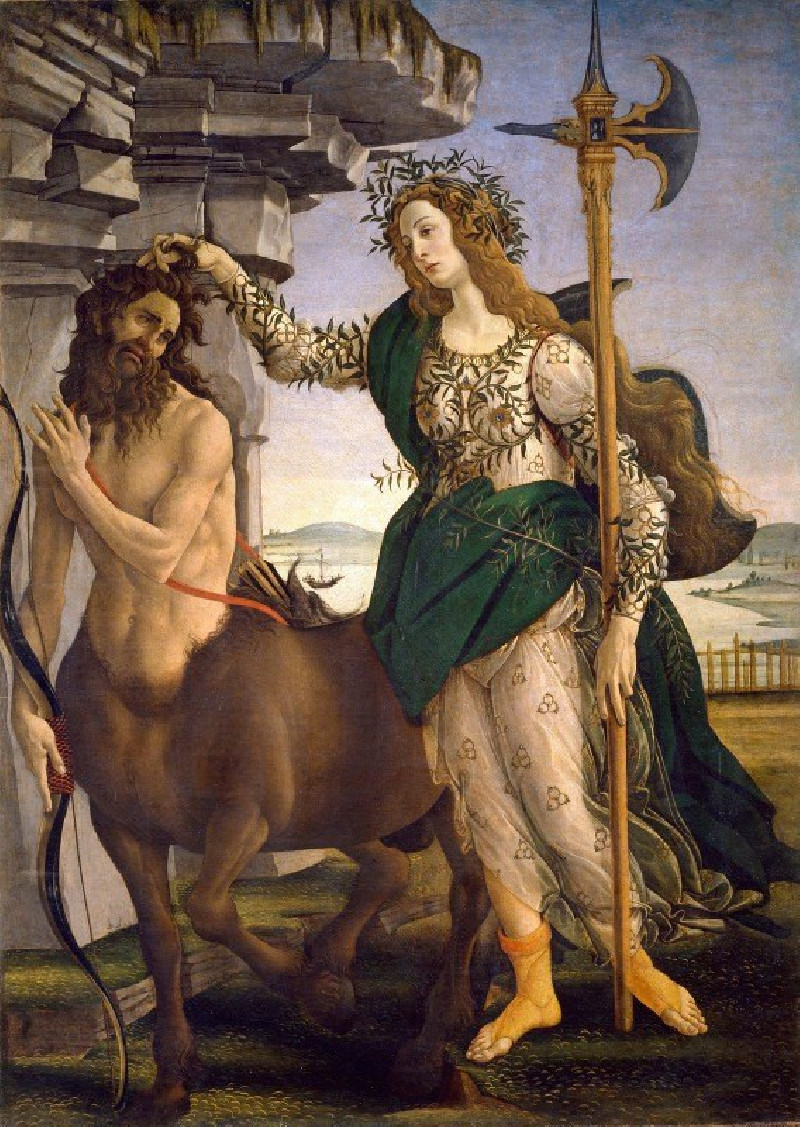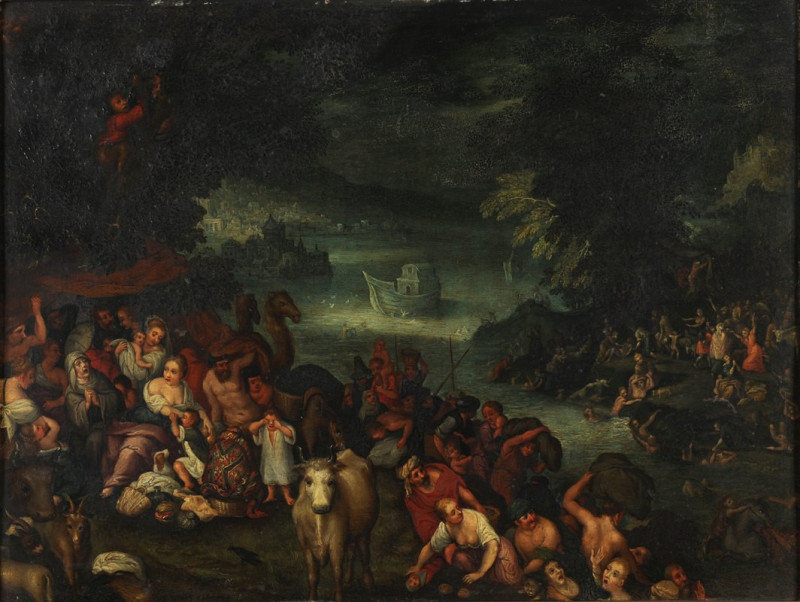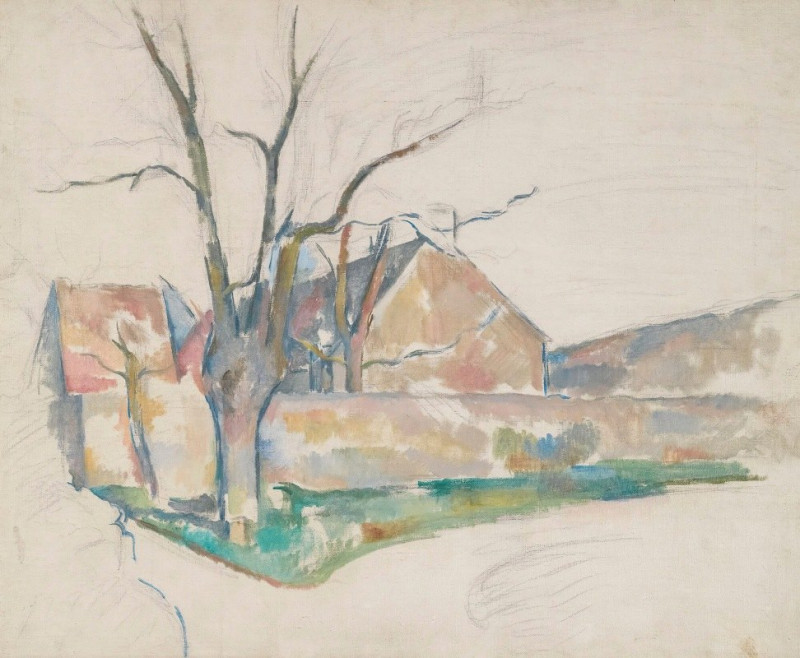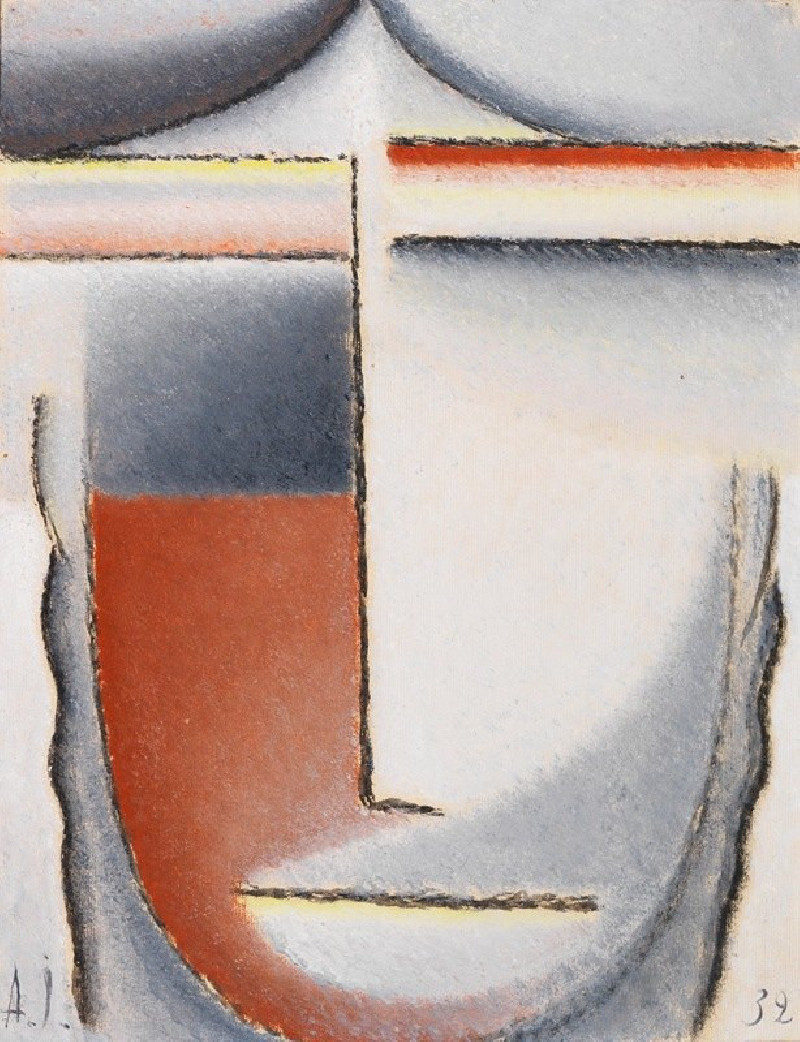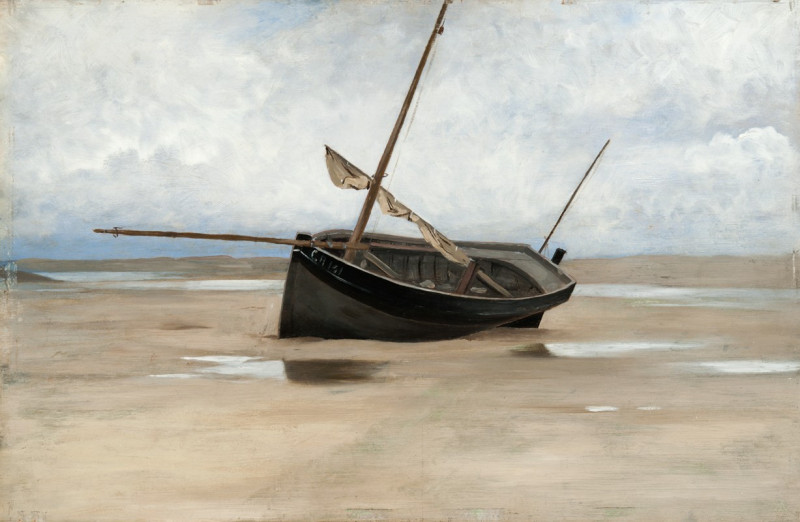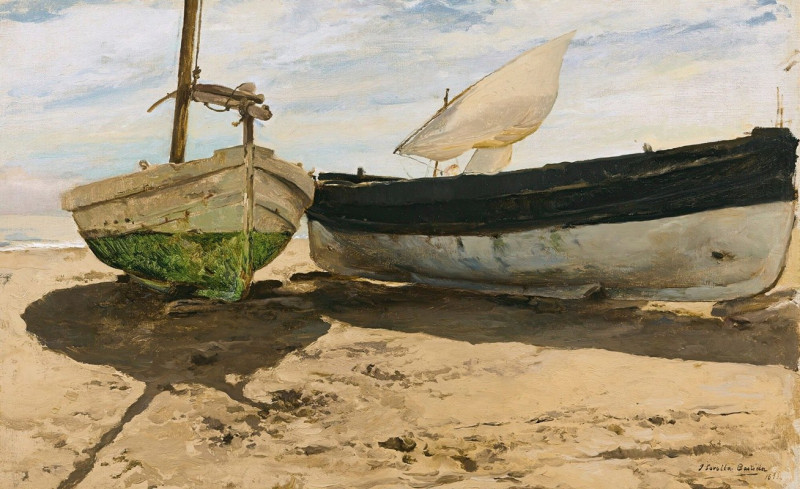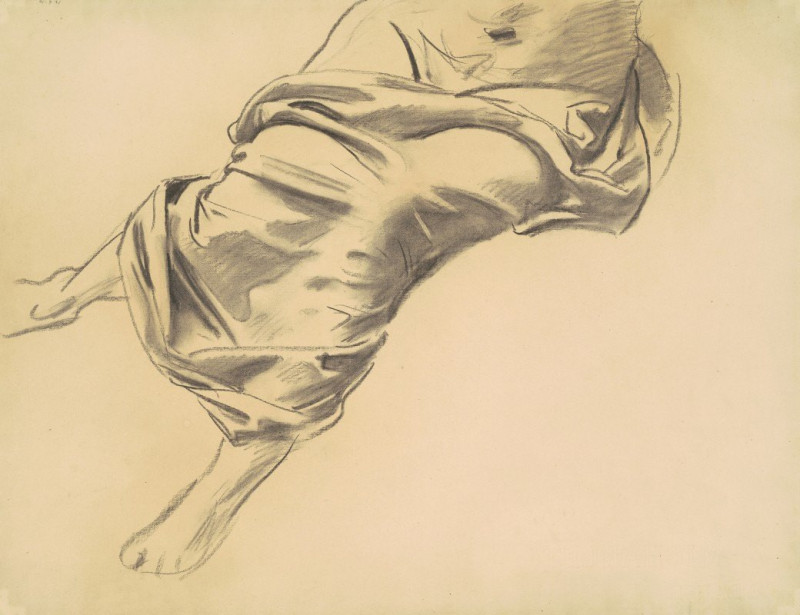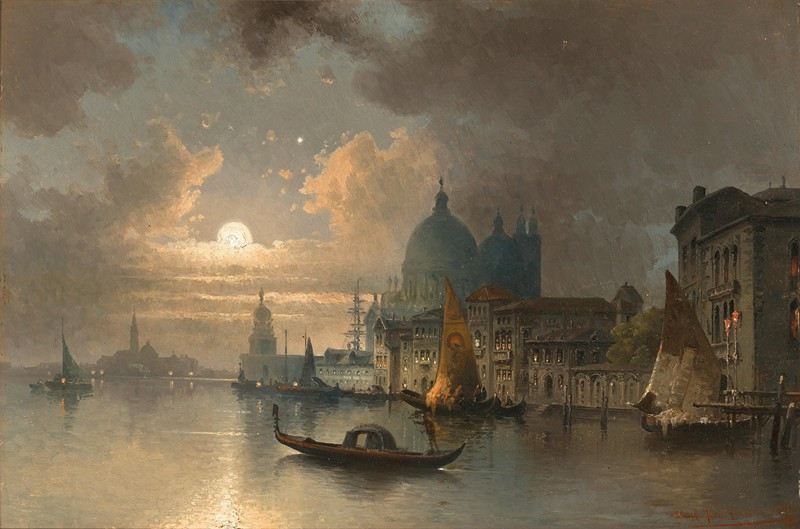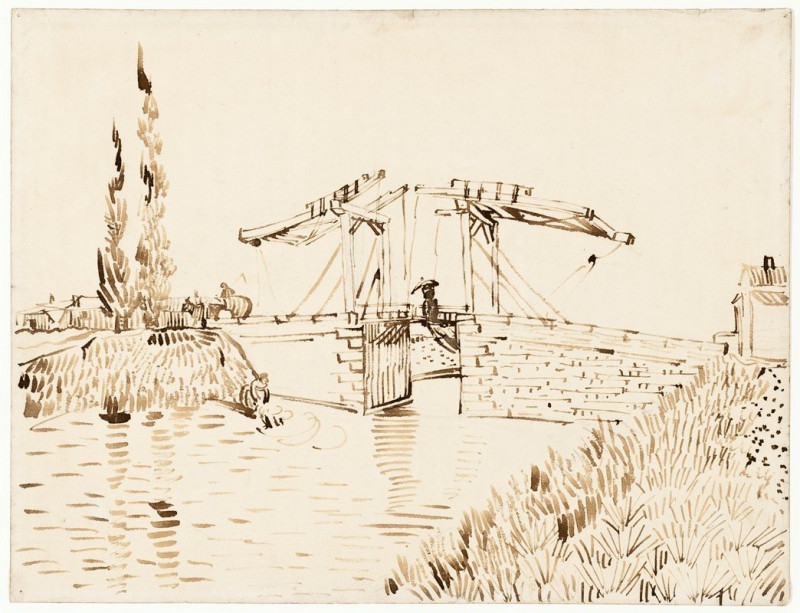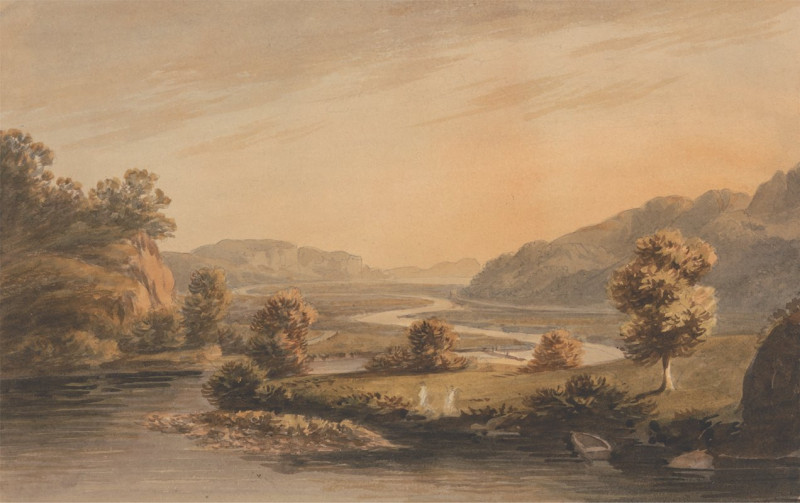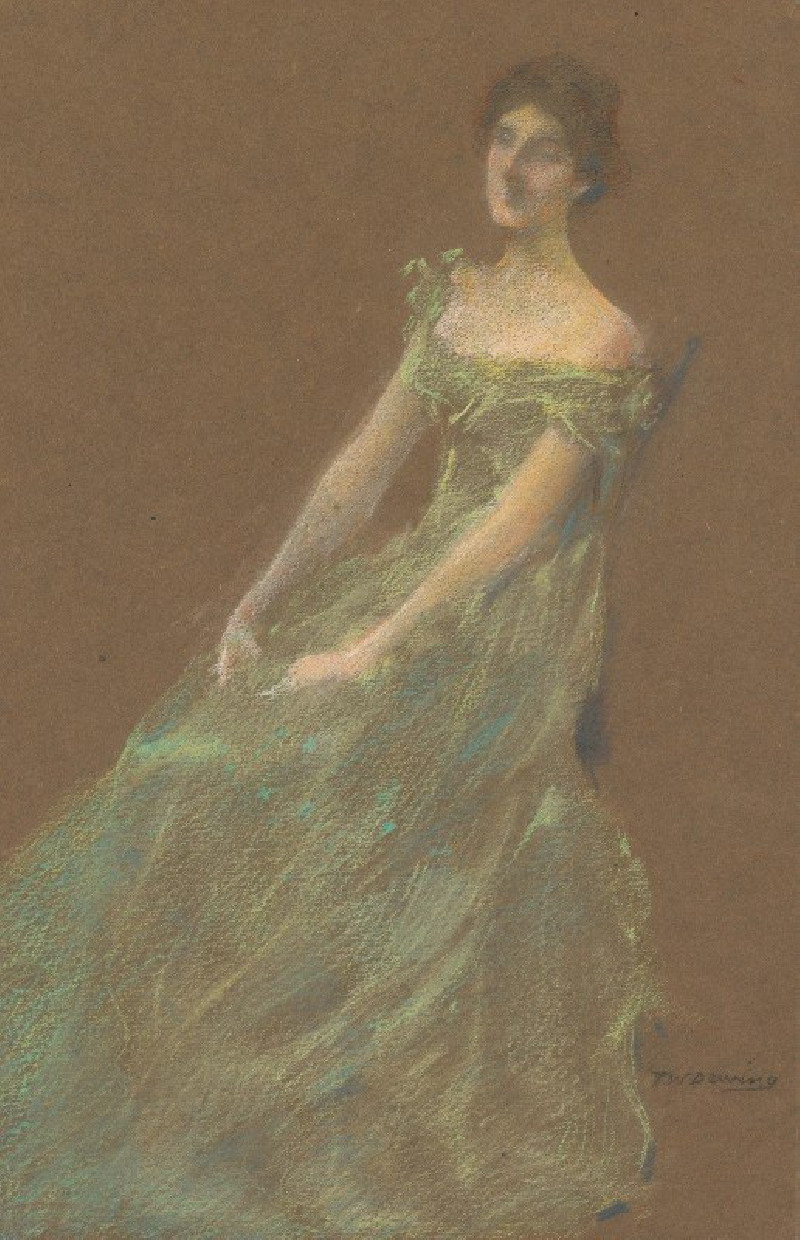Orange Road, Tarpon Springs (1893)
Technique: Giclée quality print
Recommended by our customers
More about this artwork
George Inness, one of the foremost American landscape painters of the 19th century, captures the serene beauty of Tarpon Springs, Florida in his painting "Orange Road." Created in 1893, this work exemplifies Inness’s mature style, marked by a soft, fluid handling of paint and an evocative rendering of light and atmosphere.The scene is set in a lush, verdant landscape, where tall, slender trees rise prominently against a softly clouded sky. The earthy tones of the path, dappled with shadows and patches of sunlight, invite the viewer to meander through the tranquil Florida wilderness. Inness's use of a rich palette of greens and browns, complemented by the subtle hints of orange and blue in the sky, enhances the quiet mood of the painting.This artwork not only reflects Inness's mastery in capturing the essence of a place but also his philosophical pursuits, emphasizing a spiritual connection with nature.
Delivery
Returns
George Inness (May 1, 1825 – August 3, 1894) was a prominent American landscape painter.
Now recognized as one of the most influential American artists of the nineteenth century, Inness was influenced by the Hudson River School at the start of his career. He also studied the Old Masters, and artists of the Barbizon school during later trips to Europe. There he was introduced to the theology of Emanuel Swedenborg, which was significant for him; he expressed that spiritualism in the works of his maturity (1879–1894).


